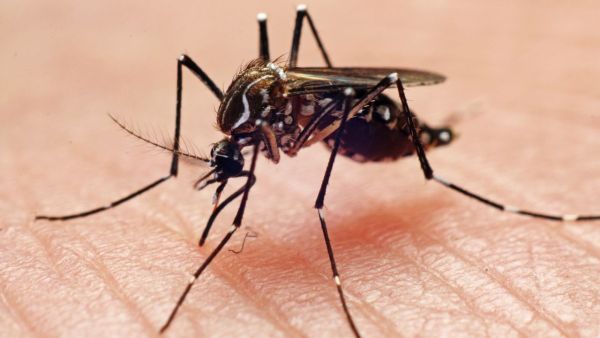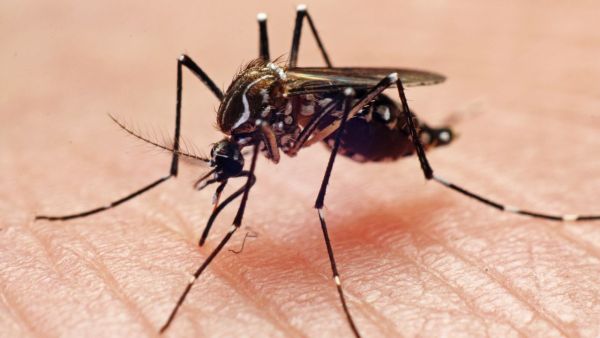

Dengue Chikungunya Who GuidelineImage Credit Source: Getty Images
Who Guidelines on Dengue chikungunya zika: Diseases like dengue, chikungunya, zika and yellow fever affect millions of people every year, especially in tropical and sub-tropical countries. Now for the first time, WHO has released a clinical guideline regarding the treatment of these diseases, which will help doctors and health workers to take better care of patients.
These guidelines include all important points ranging from patients with mild symptoms to serious cases, hydration, fluid management and timely hospitalization. WHO says that these instructions will improve the quality of health services and will help in saving people's lives.
What does WHO's clinical guideline say
Dengue, chikungunya, zika and yellow fever are considered serious diseases because they spread from mosquitoes, which once spread, catch people very fast. Their biggest bag is that their early symptoms such as fever, body pain or tiredness look like common, which makes it delayed in the right treatment.
Dangu, Chikungunya, Zika and Yellow Fever Paids
Platelets fall in dengue, there is very severe pain in couples in chikungunya, zika increases the risk for women because it can affect the child's brain and can cause liver failure in yellow fever. If the treatment is not found at the right time, the condition can be serious, that is why these diseases are not going to take lightly.
Emphasis on increasing Testing of WHO
The first thing is that WHO has made it clear that the identity of these diseases can be difficult. Especially when more than one viruses are active in the same area and testing is also reduced there. That is why it is important to follow the best clinical practice. That is, the patient should not be abandoned only by seeing fever, but insistence on the symptoms deeply checking, watching and advice.
New treatment technology
As the WHO has reported, these guidelines will work at all levels whether it is community outreach, or primary health center, or emergency unit, or large hospital. In these guidelines, treatment has been talked about in two forms- one is non-cirus i.e. light diseases and the other is Sirius, which is necessary to admit in the hospital.
In mild cases, care should be taken that patients should be hydrated and problems like pain or fever should be controlled. In serious cases, fluid management (IV fluid, electrolyte balance) and timely supplementary support (such as monitoring in blood transfusion or picu) are advised.
Overall, WHO has taken the first concrete steps in this direction. Which countries should include their country, hospitals and doctors in their health system. This will ensure timely identification, better treatment and safety of life and property.